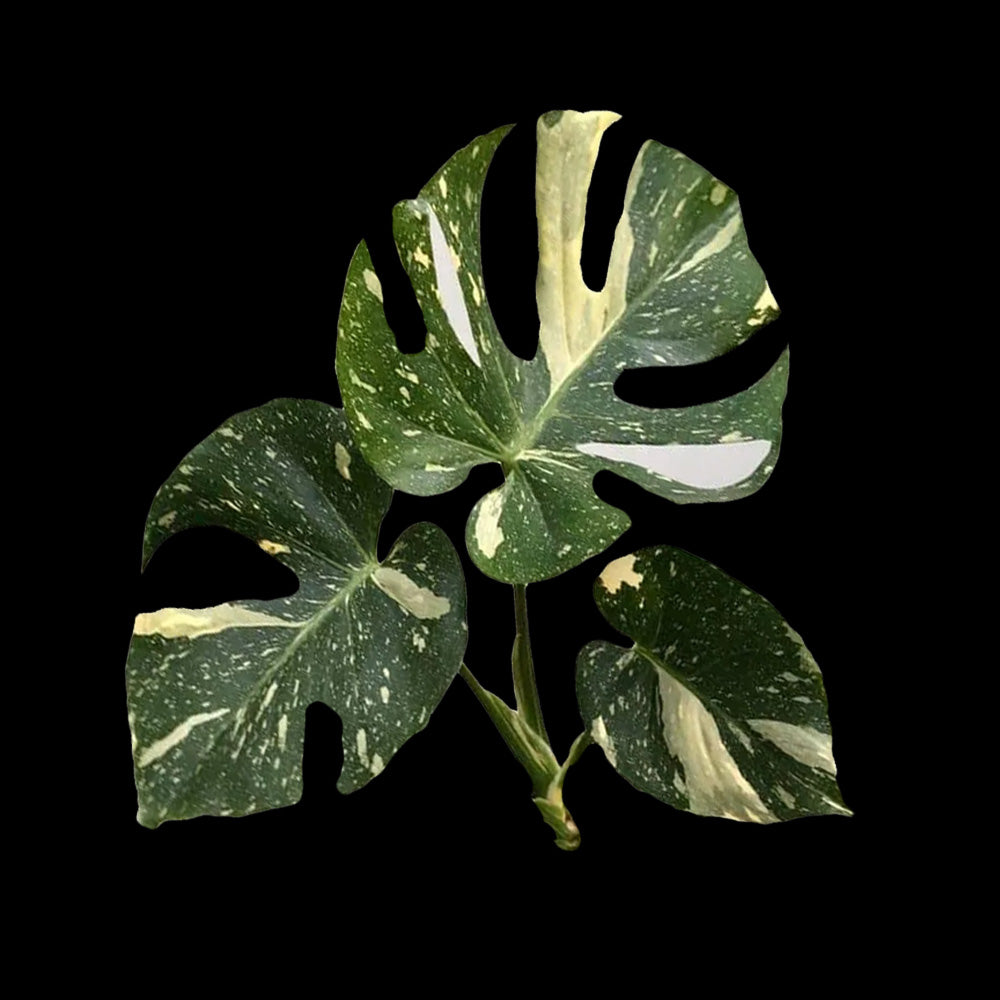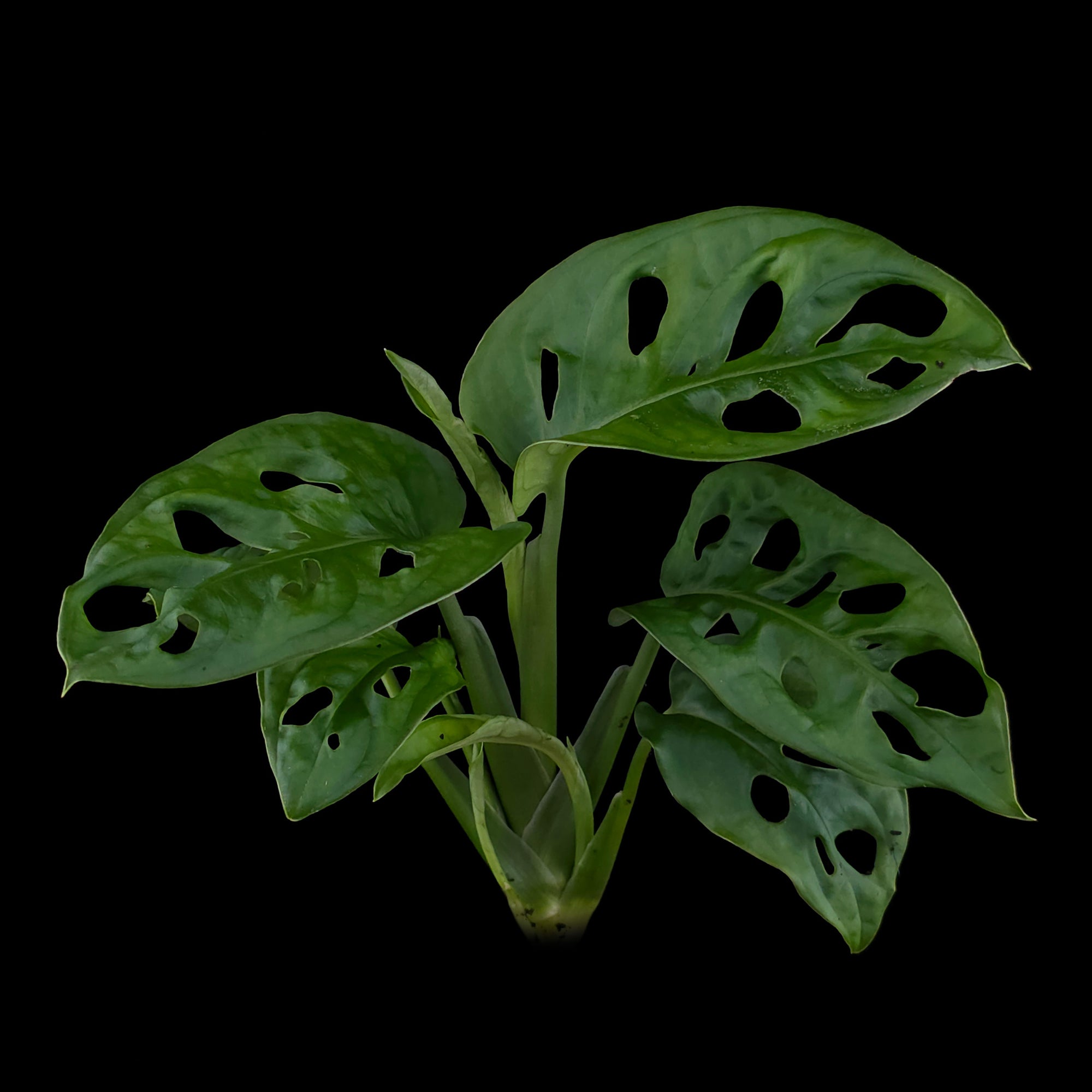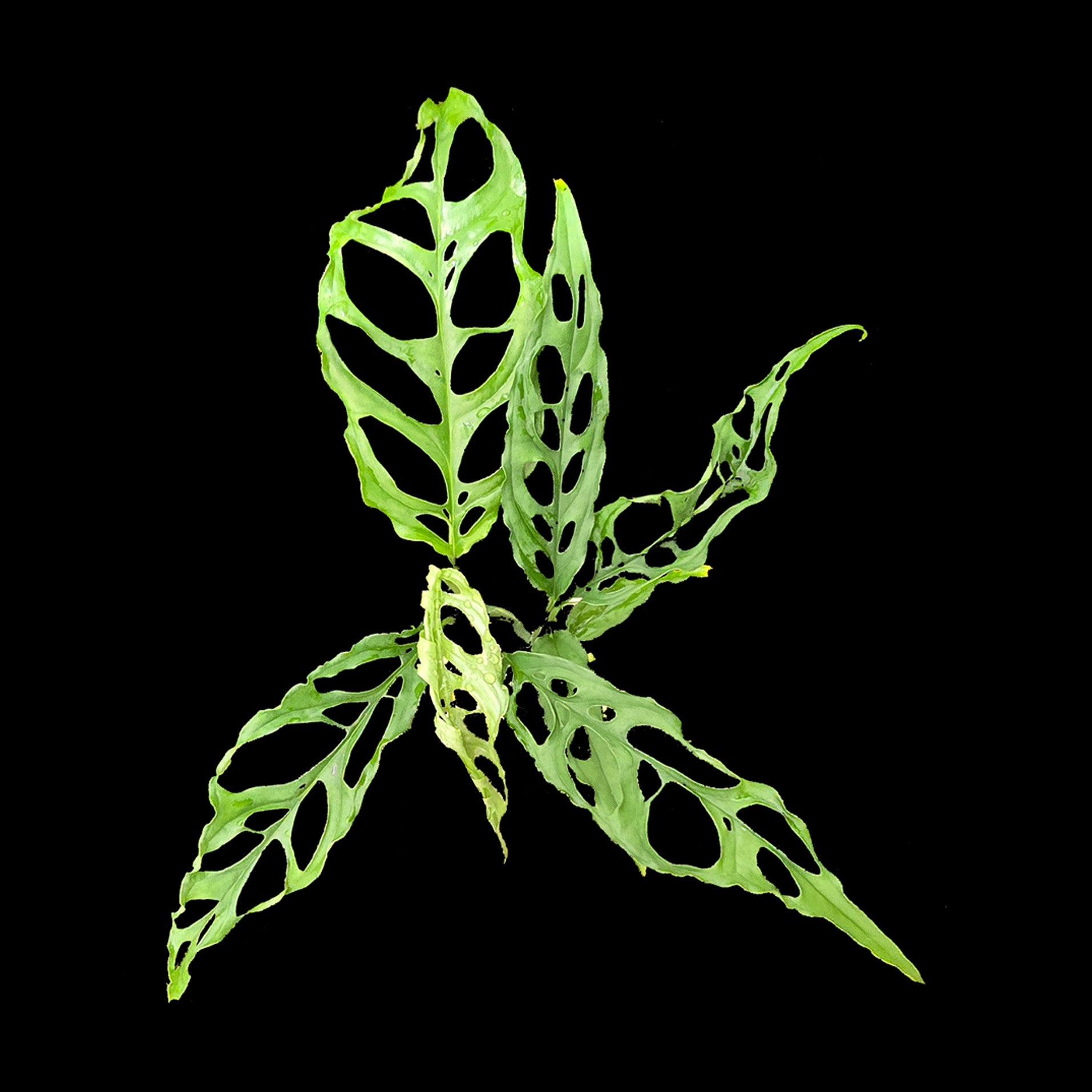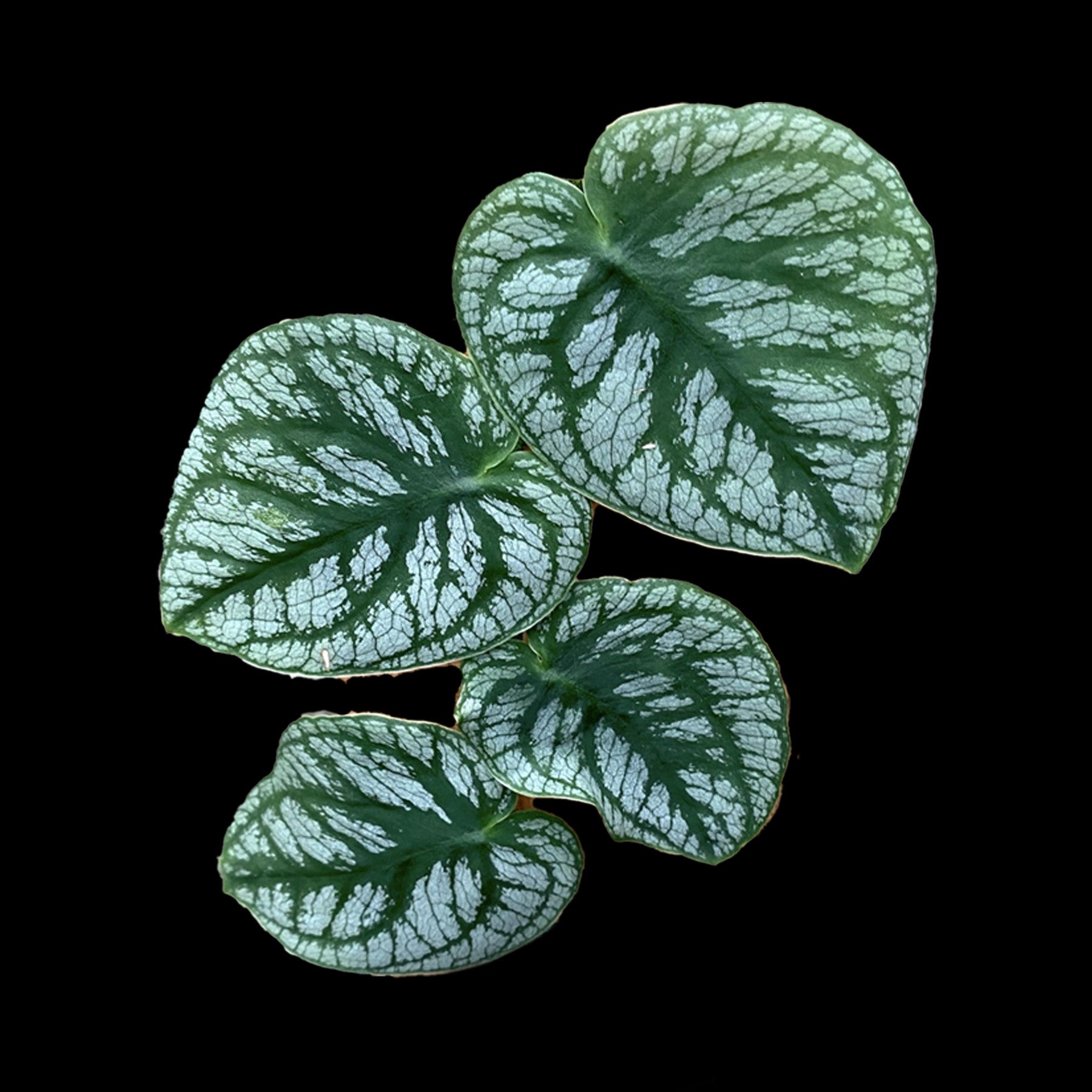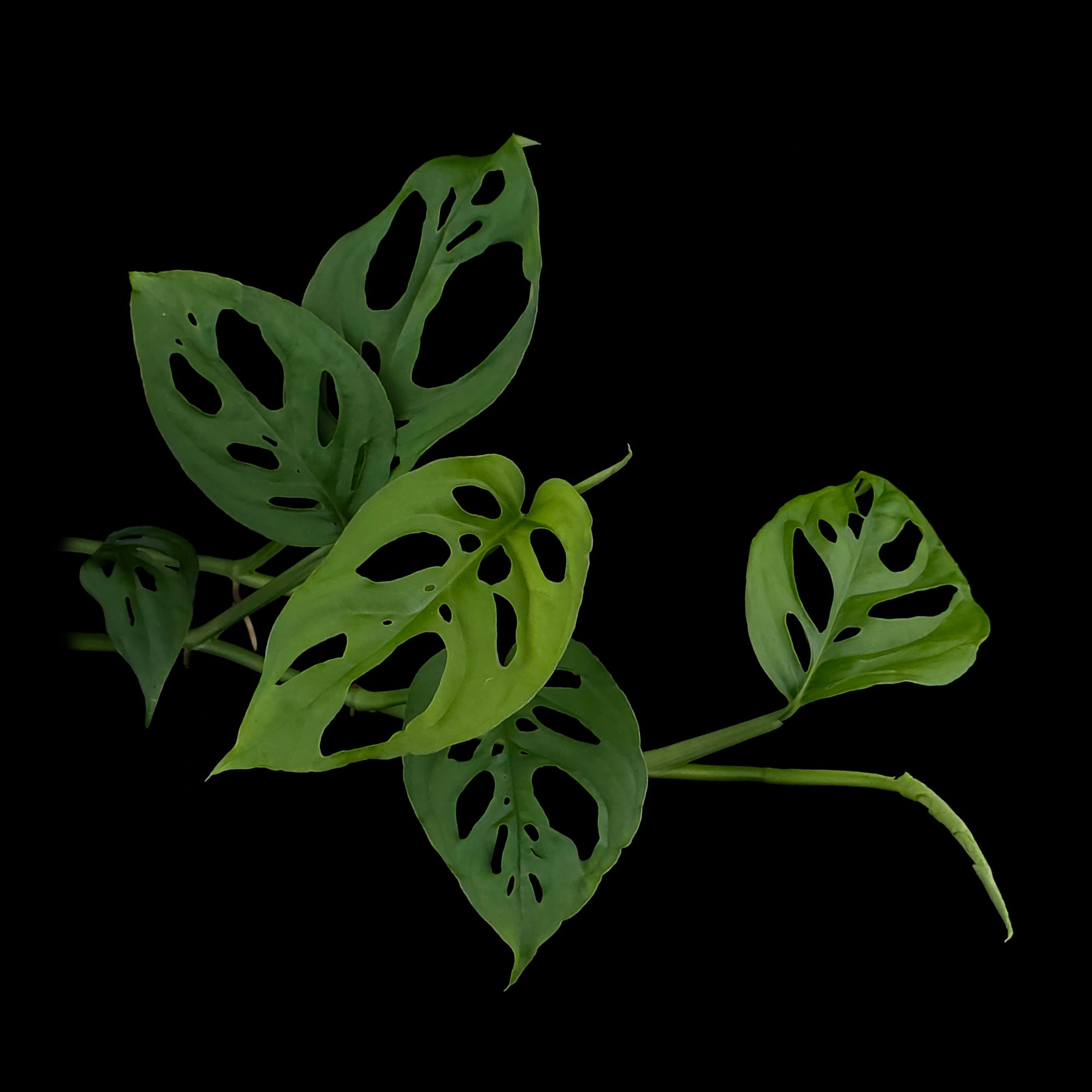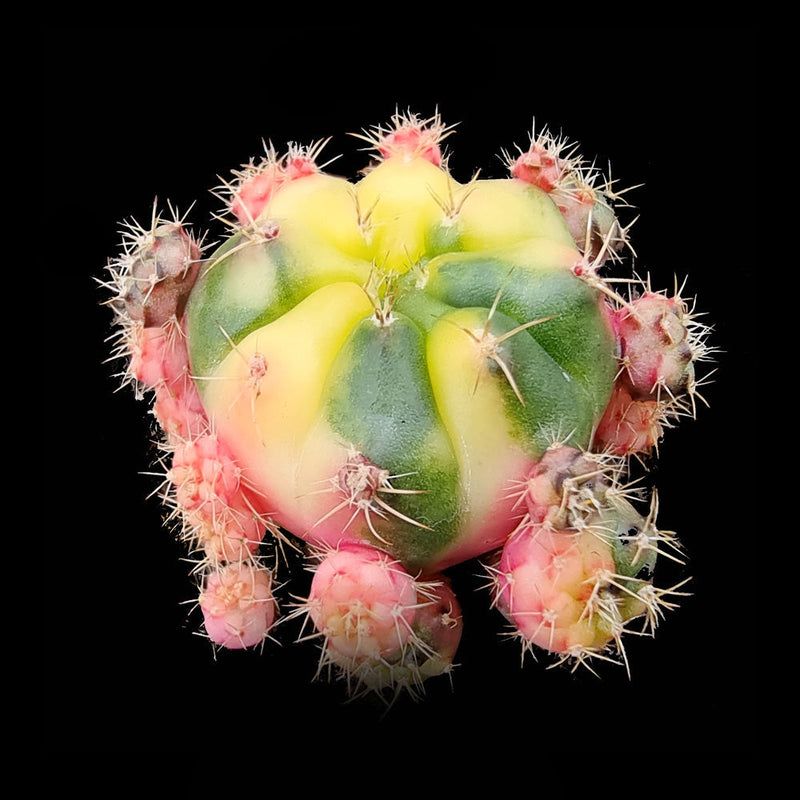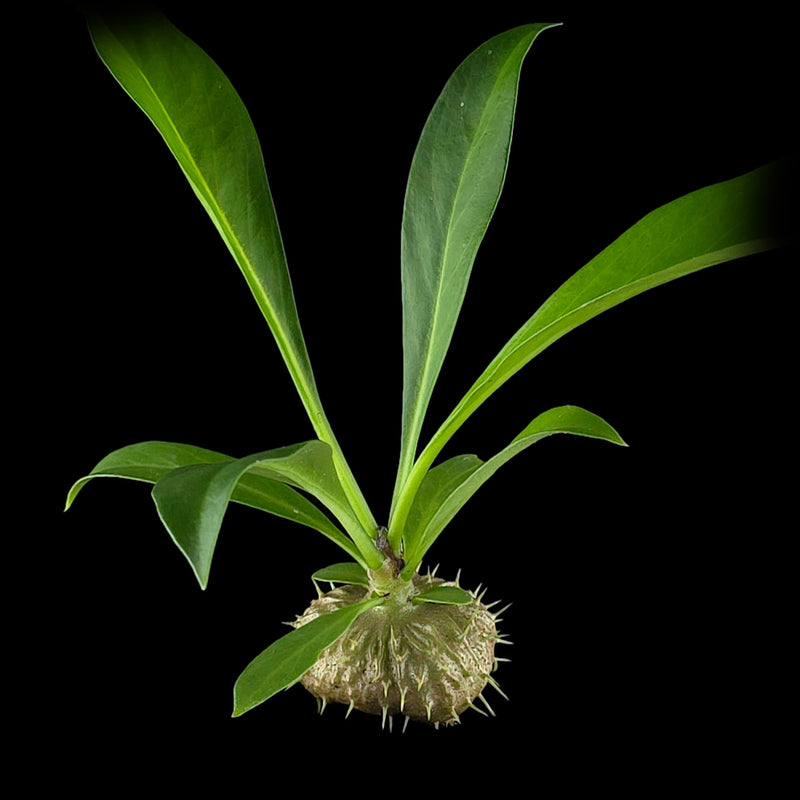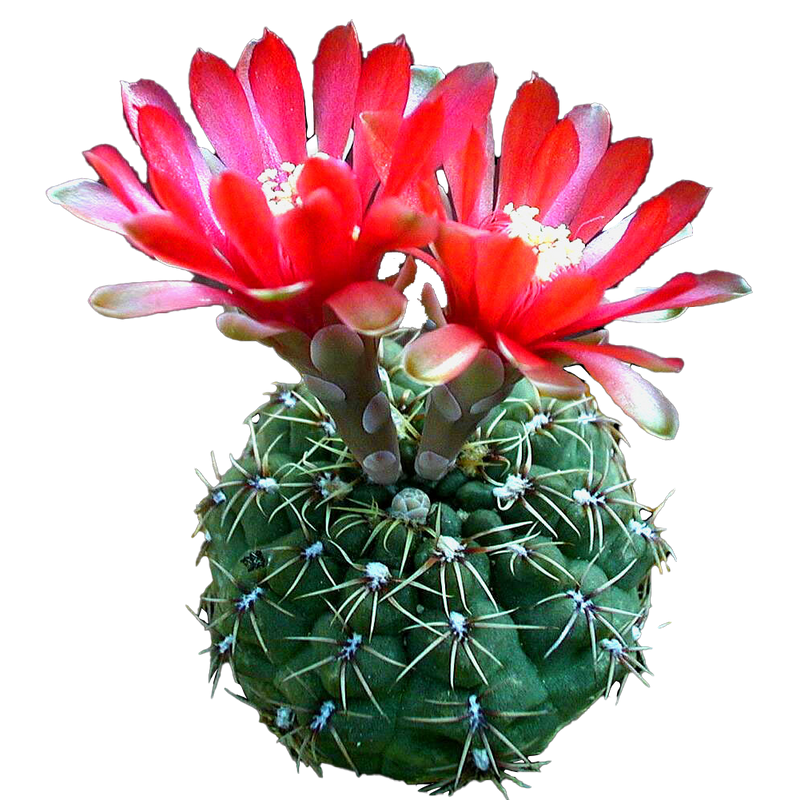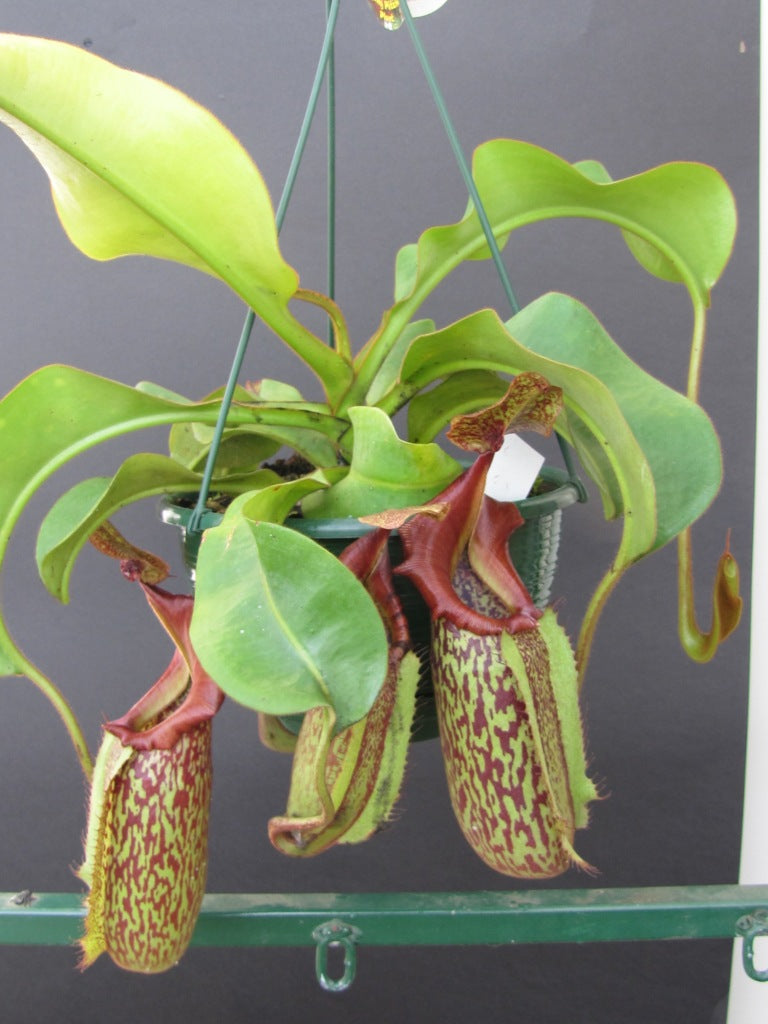Introduction
Monstera, often referred to as the "Swiss Cheese Plant" dues to its iconic leaf holes and splits, has become a standout favorite among plant enthusiasts across Australia. Its vibrant tropical vibes and unique appearance make it a perfect addition to any indoor garden, whether you're in Sydney, Melbourne, or anywhere else in the country. Let’s explore the exciting world of growing and collecting Monstera, including essential tips for care and a look at the various sought-after species available.

Why Monstera?
Monstera plants are not just visually appealing; they are also relatively easy to care for, making them perfect for both beginners and seasoned collectors looking to expand their indoor plant collection. Here are some reasons why these tropical plants are so popular:
- Distinctive Aesthetic: The large, glossy leaves of Monstera draw immediate attention, adding a touch of the tropics and a unique statement piece to any space.
- Air-Purifying Qualities: Like many popular houseplants, Monsteras contribute to improved indoor air quality, helping create a healthier home environment.
- Easy Propagation: Monstera plants can be easily propagated through cuttings, allowing collectors to expand their collection or share their prized plants with friends.
Getting Started with Monstera Care
To ensure your Monstera plant thrives, consider these essential care tips:
1. Choosing Your Monstera Variety
Various species of Monstera exist, each with unique characteristics and appeal for different plant collectors. Some popular and highly sought-after varieties include:
- Monstera Deliciosa: The most common type, known for its large, heart-shaped leaves with distinctive holes (fenestrations). For a truly unique addition, consider the stunning Monstera deliciosa 'Thai Constellation', a variegated Monstera highly prized for its speckled foliage.
- Monstera Adansonii: Also called the "Swiss Cheese Vine," this species has smaller leaves with more pronounced holes and a charming trailing or climbing growth habit. Discover the Monstera adansonii – Upright Form of the Swiss Cheese Vine for your collection.
- Monstera Obliqua: Known for its highly perforated leaves, almost more hole than leaf, making it a rare gem for serious collectors. Please note, Monstera obliqua is a Swiss Cheese Plant that is WA Prohibited.
- Monstera Dubia: A shingling Monstera that presses its leaves flat against surfaces as it climbs. Explore the unique Monstera dubia for your climbing plant needs.
- Monstera Friedrichsthalii: Often confused with Adansonii, this variety also features prominent holes and a beautiful trailing form. Find your Monstera friedrichsthalii – Trailing Swiss Cheese Vine and add it to your indoor jungle.
2. Essential Care Requirements for Healthy Monstera
- Light: Monstera plants prefer bright, indirect light. Too much direct sunlight can scorch their beautiful leaves, while too little light can inhibit healthy growth and fenestration. Position them near a bright window but out of direct sun.
- Watering: Water your Monstera when the top inch of soil feels dry to the touch. Overwatering is a common mistake and can lead to root rot, so it’s important to let the soil dry out between waterings. Use a pot with good drainage.
- Humidity: These tropical plants thrive in higher humidity levels, mimicking their natural jungle habitat. If your home is dry, consider misting the leaves regularly or placing a humidifier nearby.
- Soil and Fertilizer: Use a well-draining potting mix, ideally one recommended for tropical plants or aroids. Fertilize with a balanced, diluted liquid fertilizer during the active growing season (typically spring and summer) for optimal growth and vibrant foliage.
3. Potting and Support for Your Growing Monstera
As Monstera plants mature and grow, they may require additional support to encourage their natural climbing habit and promote larger, more dramatic foliage (fenestration).
- Moss Poles: Incorporating a moss pole allows the plant to climb, mimicking the trees they would ascend in the wild. This support can lead to bigger leaves and more pronounced splits.
- Repotting: Every couple of years, consider repotting your Monstera into a slightly larger container. This encourages continued growth and provides fresh nutrients to the root system.
Collecting Rare Monstera Varieties
Being a dedicated collector of Monstera not only involves mastering the art of growing these beautiful indoor plants; it can also be about the thrilling pursuit of acquiring rare and unique Monstera varieties. Here are some tips for building your prized collection in Australia:
- Connect with Other Plant Collectors: Join online forums and social media groups dedicated to plant enthusiasts and rare plant collectors in Australia. Here, you can share Monstera care tips, seek rare cuttings or seeds, and access valuable resources from experienced growers.
- Attend Plant Swaps: Many local gardening clubs or community groups across Australia host plant swaps. These events are excellent opportunities to exchange plants, cuttings, or even rare Monstera varieties with fellow enthusiasts.
- Keep an Eye on Local Nurseries and Online Stores: For a diverse selection of Monstera plants for sale, including unique and sought-after options, regularly check reputable online stores like Collectors Online. We often have a selection of rare Monstera varieties available, from beginner-friendly options to highly coveted collector's items. Don't forget to check our inventory for new arrivals!
Conclusion
Growing and collecting Monstera plants can be a deeply rewarding hobby for anyone in Australia. With their unique beauty and relatively straightforward care requirements, these iconic indoor plants can flourish in various home environments. Whether you’re cultivating a majestic Monstera Deliciosa 'Thai Constellation' as a centerpiece or hunting for the elusive Monstera Obliqua, the journey of plant collecting will enrich your life and bring a vibrant touch of nature into your home. Happy growing!


